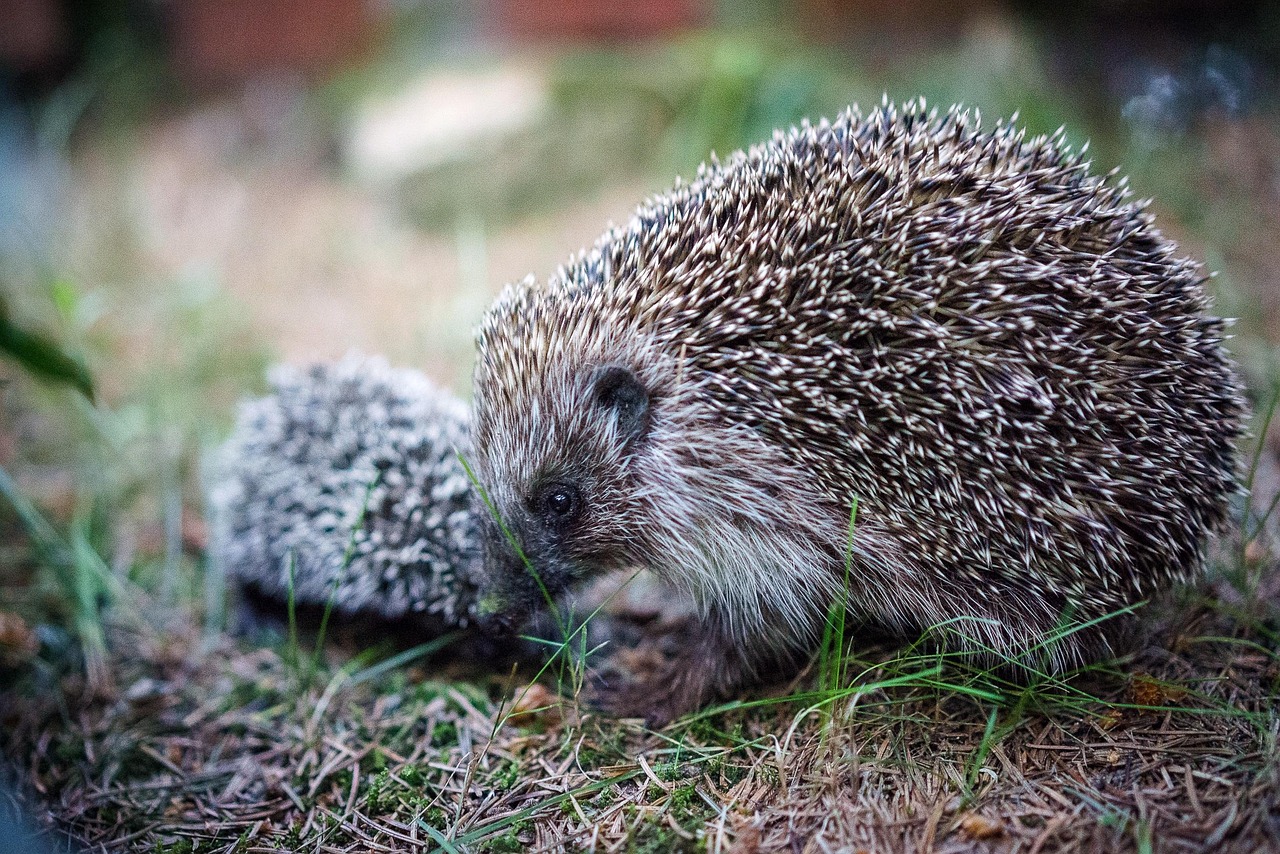
Choosing the right location
Where you place a Hedgehog Dome is just as important as how you build it. A well-designed Dome in the wrong spot may never be used, while a carefully chosen location can provide safe shelter for many years. To get it right, think like a hedgehog: safety, shelter, and accessibility come first.
Safety
Hedgehogs face daily risks in human landscapes, so their homes must be protected from danger.
- Avoid roads and driveways, where traffic and human activity create noise and accidents.
- Keep distance from pets, especially dogs that may dig or disturb nests.
- Stay clear of garden hazards, such as bonfire heaps, open drains, or areas treated with pesticides.
The safest location feels quiet, undisturbed, and hidden from both people and predators.
Shelter
Hedgehogs prefer spots that already provide some natural cover.
- Hedges, shrubs, or dense plants create camouflage.
- Tree lines, log piles, or fences with vegetation add protection against wind and rain.
- Shaded areas help regulate nest temperature, preventing it from getting too hot in summer.
The Dome works best when it blends into the natural landscape rather than standing exposed in open space.
Accessibility
Even the safest and best-hidden nest won’t be used if hedgehogs cannot reach it easily.
- Check for barriers: solid fences or walls block movement. Consider making small wildlife gaps (about 13×13 cm / 5×5 inches) in fences.
- Link to feeding areas: place the Dome near where hedgehogs can find food; compost heaps, insect-rich borders, or wildflower patches.
- Allow space for roaming: hedgehogs travel long distances at night, so an accessible Dome should connect to wider green areas.